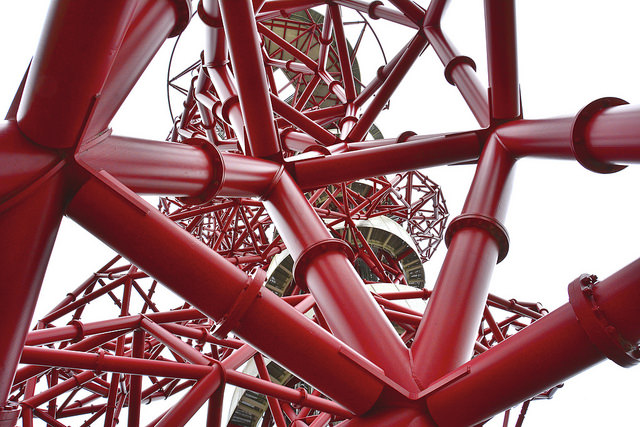 There are a number of staining methods that can be used to detect highly glycosylated proteins on SDS gels, even at very low levels (i.e. up to a few nanograms). Some of the most commonly used stains for this purpose include the Coomassie brilliant blue stain (for proteins with limited glycosylation) and silver stain (used in cases where high sensitivity is required).
There are a number of staining methods that can be used to detect highly glycosylated proteins on SDS gels, even at very low levels (i.e. up to a few nanograms). Some of the most commonly used stains for this purpose include the Coomassie brilliant blue stain (for proteins with limited glycosylation) and silver stain (used in cases where high sensitivity is required).
However, these staining methods are not recommended for the detection of highly glycosylated proteoglycans and/or glycoproteins. This is primarily because the steric interference exerted by the carbohydrates with the silver ions usually produces weak staining. Worse, it may even lead to failure of detection.
As such, the use of cationic dyes such as alcian blue or toluidine blue which binds to the negatively charged glycosamino-glycan side chains is highly recommended when detecting proteoglycans. On the other hand, neutral glycoproteins are best detected using the periodic acid-Schiff (PAS) method.
The PAS staining method and its numerous variations are usually used to detect polysaccharides and carbohydrate macromolecules (glycoproteins, glycolipids and proteoglycans) following sodium dodecyl sulfate or non-denaturing polyacrylamide gel electrophoresis and protein transfer to nitrocellulose membranes. This method can also be used to visualize charge differences and the increase of isoelectric point after neuraminidase treatment of mucin-derived glycopeptides following isoelectric focusing.
The PAS Method: How Does It Work?
In this staining method, periodic acid (the oxidizing agent) reacts with the vicinal diols in the sample. This breaks up the bond between two adjacent carbons which are not involved in the glycosidic linkage or ring closure, and creates a pair of aldehydes at the two free tips of each broken monosaccharide ring in the process. Note: For oxidation to take place, free hydroxyl groups should be present.
Oxidation is completed when it reaches the aldehyde stage. The resulting aldehydes then react with the Schiff reagent (a mixture of pararosaniline and sodium metabisulfite) to produce strong purple-magenta color bands. In addition, a suitable basic stain is often used as a counterstain (a stain with color contrasting the principal stain) to make the stained structure more visible.
To make the process easier and more convenient, G-Biosciences offers a fast and sensitive kit for staining glycosylated proteins in polyacrylamide (PAGE) gels. In addition to the sensitive Glyco-Stain solution which is used to detect glycoproteins, the Glycoprotein Staining Kit also includes RAPIDstain, an enhanced Coomassie stain that can be used after glycoprotein staining to detect non-glycosylated proteins in the sample. A unique positive and negative control is likewise included. The kit is sufficient for 10 mini-gels (8 x 8 cm) or 20 nitrocellulose membranes (8 x 8 cm).
How to Use the G-Bioscience Glycoprotein Staining Kit
- Rinse the gel in washing solution II (250ml methanol in 250ml deionized water) for 30 minutes, discard the solution and wash it using washing solution I (30ml glacial acetic acid in 970ml deionized water) for 10 minutes.
- After discarding the wash, treat the gel with the provided periodate-based Oxidation Reagent and gently agitate for 15 minutes.
- Wash gel with 100 ml of washing solution I for 5 minutes. Discard the wash and repeat this step twice.
- Add the Glyco-Stain Solution and gently agitate for 15 minutes. Discard the stain and add the Glyco‐Reduction Reagent. Gently agitate for 5 minutes.
- Wash gel three times with 100ml Washing Solution I for 10 minutes each wash, and then rinse with deionized water.
- Glycoproteins are seen as magenta bands. Store gel in Washing Solution I or in drying solution for drying the gel.
- Glycoprotein Staining Controls: Appear as a cluster of positive bands or Glycoproteins (magenta bands) around 40‐80kD and non‐glycoprotein bands that will be visible only (as blue bands) when treated with RAPIDstain™.
To visualize non‐glycosylated proteins and enhance glycoprotein staining, the gel may be stained with RAPIDstain™ after glycoprotein staining. The non-glycosylated proteins will be stained blue and the color bands representing the glycoproteins will be further enhanced.
Image source: Martin Pettitt






